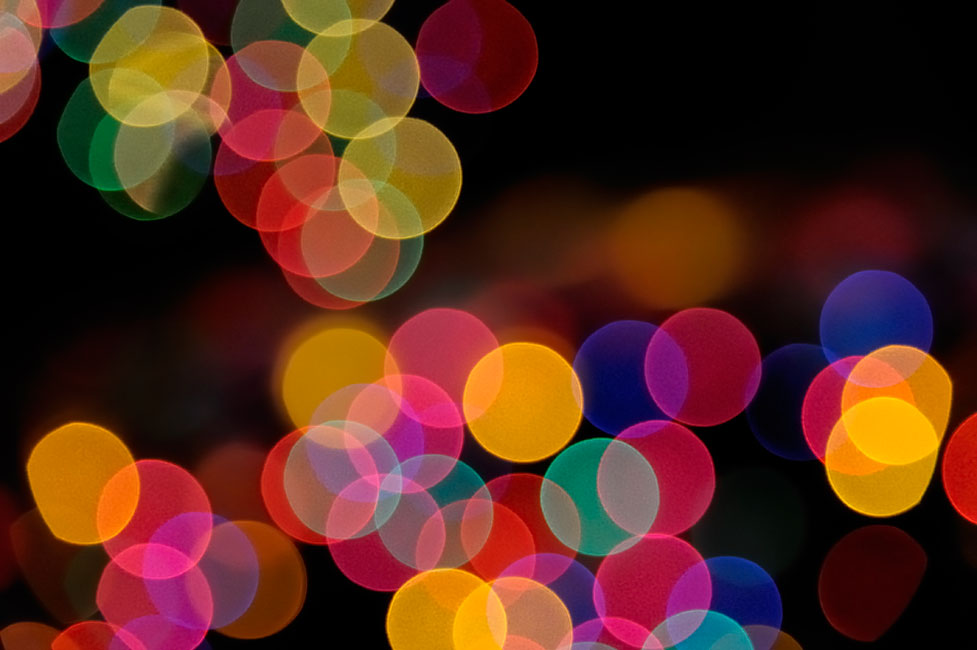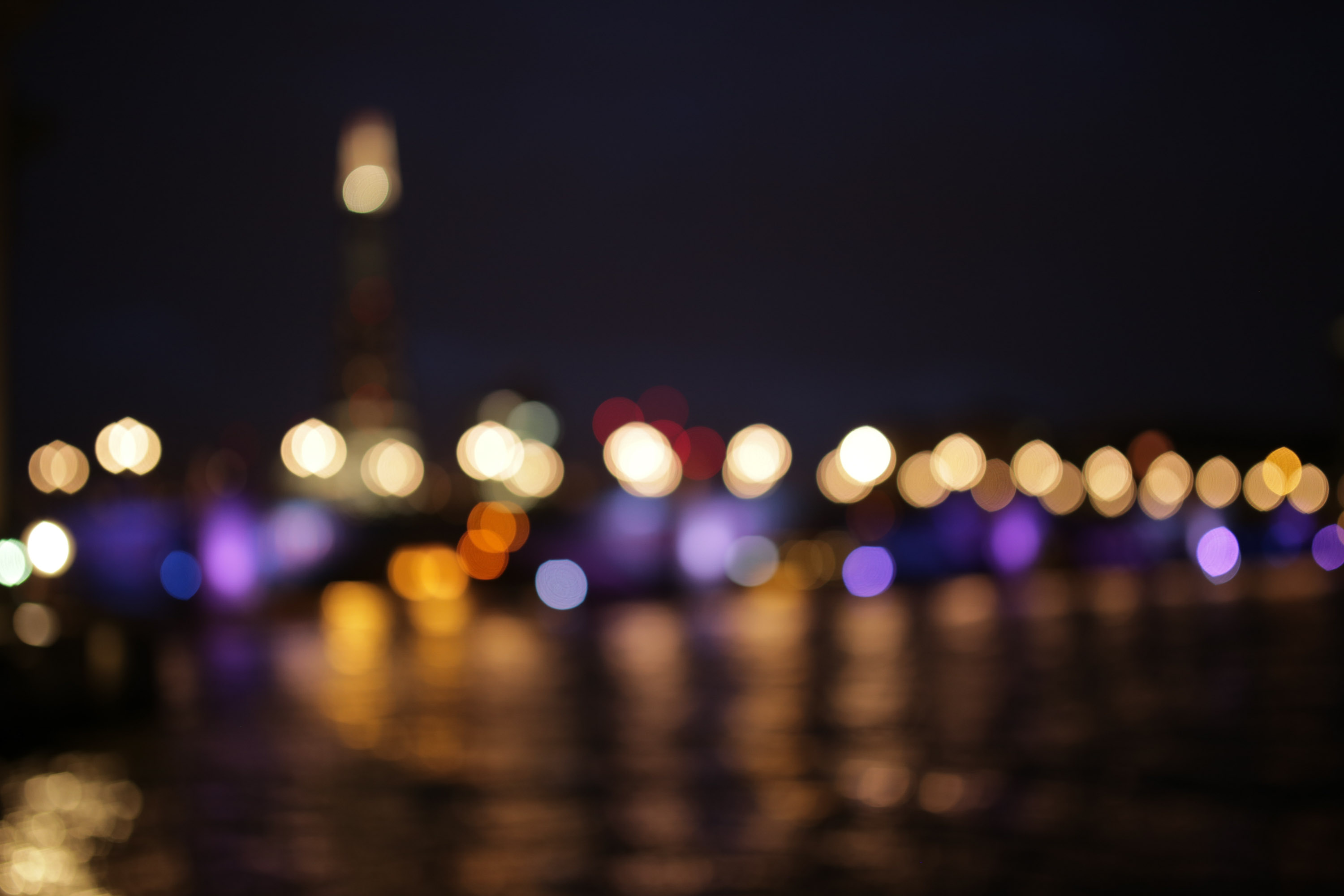

The out-of-focus areas look creamy and the circles are round and soft with beautiful transitions between the blurry areas. Pay attention to the smooth background behind the child’s face.
BOKEH PHOTO ISO
Here is an example of beautiful bokeh rendered by the Nikon 85mm f/1.4D lens: NIKON D700 85mm, ISO 250, 1/200, f/2.8 So, what is a good or beautiful bokeh? A good bokeh pleases our eyes and our perception of the image and therefore, the background blur should appear soft and “creamy”, with smooth round circles of light and no hard edges. Again, I am not just talking about the background blur all lenses are capable of producing out of focus blur, but not all lenses are capable of rendering beautiful bokeh. Generally, portrait and telephoto lenses with large maximum apertures yield more pleasant-looking bokeh than cheaper consumer zoom lenses.įor example, the Nikon 85mm f/1.4D lens produces exceptionally good-looking bokeh, while the Nikon 18-135mm f/3.5-5.6G DX lens produces poor bokeh at the same focal length and aperture – all due to differences in optical designs of both lenses. Different lenses render bokeh differently due to unique optical designs. Remember, bokeh is rendered by the lens, not the camera. While some photographers argue that bokeh is just about the quality of the circular light reflections, many others, including myself, believe that bokeh is about the quality of the entire out-of-focus area, not just reflections and highlights… Good and Bad Bokeh In this case, the soft “feel” of those circular areas is what photographers would call “good bokeh”.

See those round circles of different colors on the left side of the image? Those are light reflections and they are circular because that’s how the lens rendered them. The small or “shallow” depth of field is the result of standing relatively close to the subject, while using a large aperture. The house sparrow is in focus and sharp (which means that it is inside the depth of field), while the background is out of focus (which means that the background is outside the depth of field). Confused yet? Take a look at the following image: NIKON D80 102mm, ISO 100, 1/100, f/2.8 The quality and feel of the background/foreground blur and reflected points of light, however, is what photographers call Bokeh. The blur that you are so used to seeing in photography that separates a subject from the background is the result of shallow “ depth of field” and is generally simply called “background blur”. The word comes from Japanese language, which literally translates as “blur”.īasically, bokeh is the quality of out-of-focus or “blurry” parts of the image rendered by a camera lens – it is NOT the blur itself or the amount of blur in the foreground or the background of a subject. The reason why it is so popular, is because Bokeh makes photographs visually appealing, forcing us to focus our attention on a particular area of the image. Bokeh, also known as “Boke” is one of the most popular subjects in photography.


 0 kommentar(er)
0 kommentar(er)
